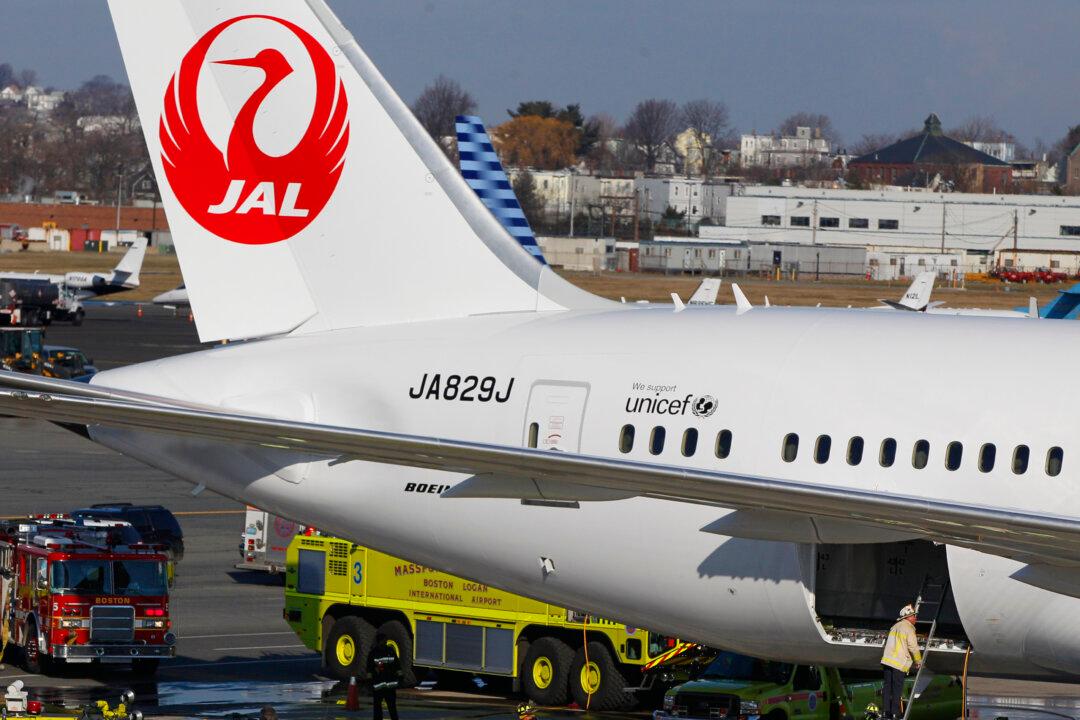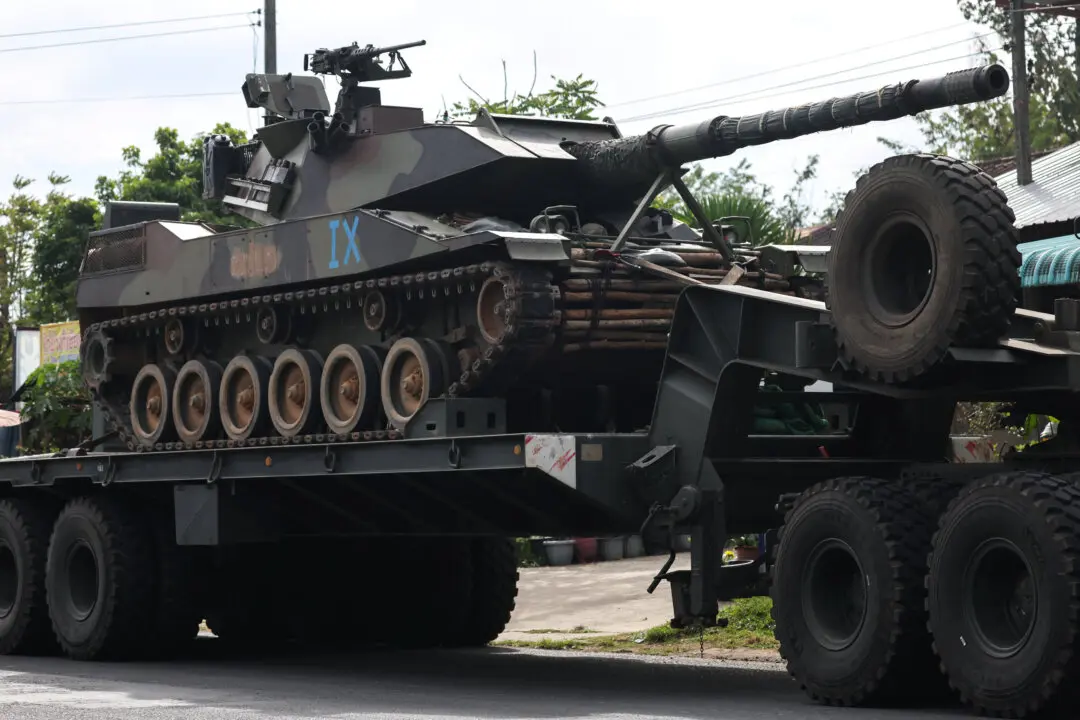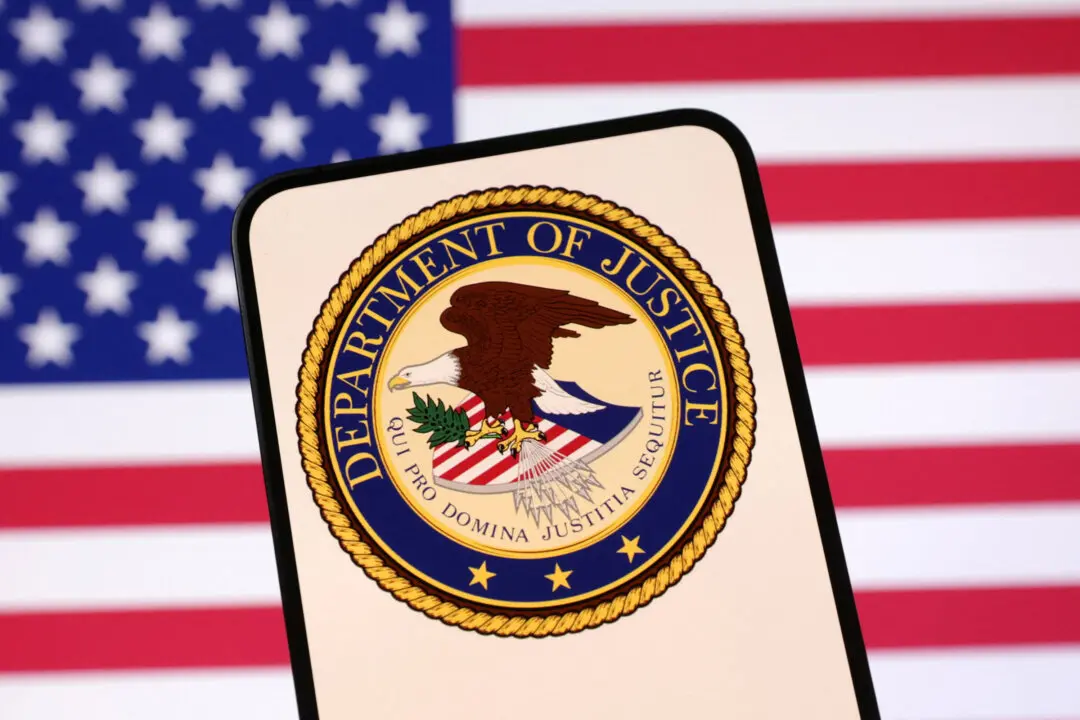MONTREAL/HONG KONG—South Korea and Japan are setting aside historical grievances to redraw responsibilities for air traffic control over the East China Sea following recent near misses.
Responsibility in the “AKARA corridor” through South Korean airspace is currently split, with South Korean controllers shepherding north-south flights, and Japan’s directing east-west flights, many of them in and out of Shanghai.






